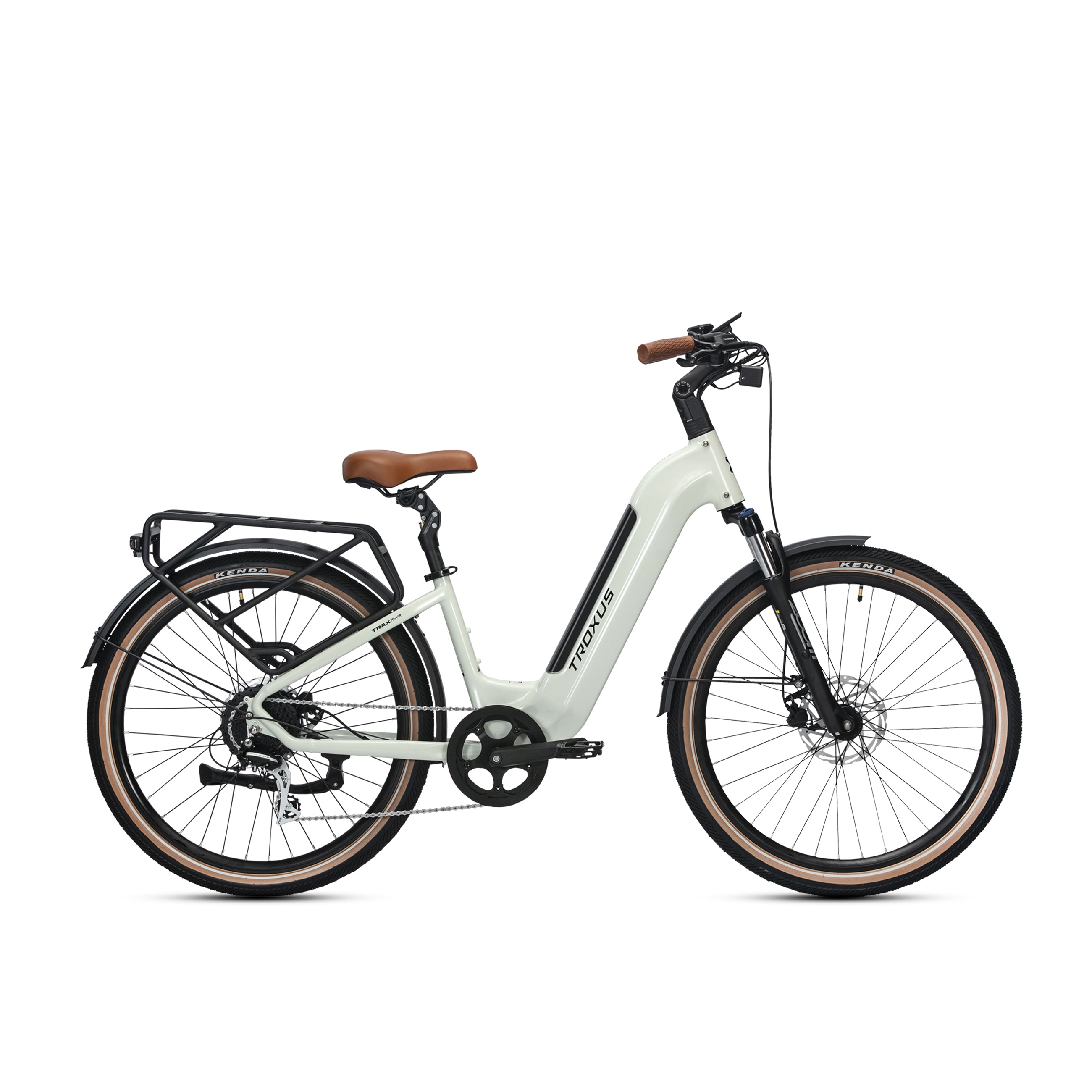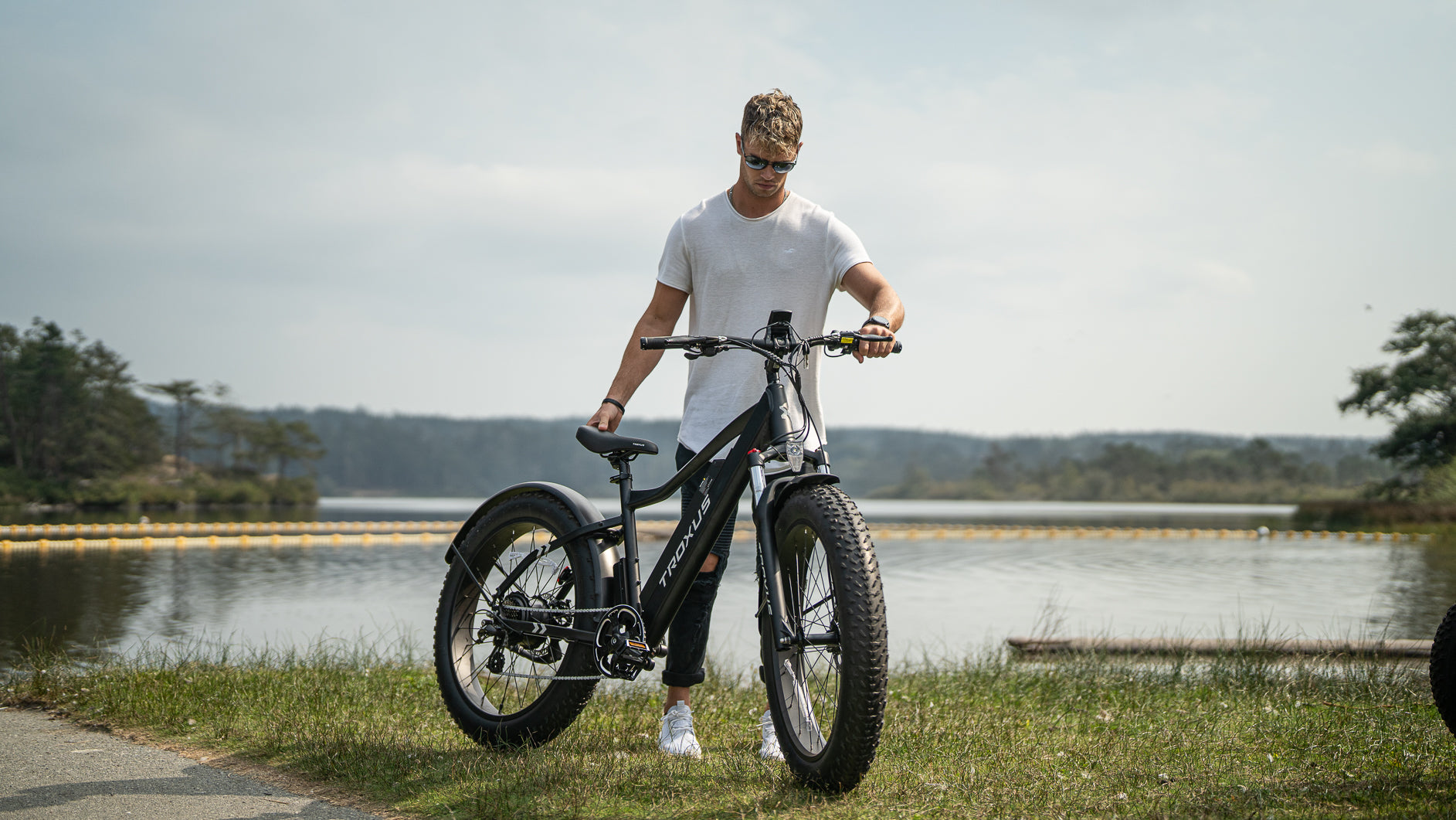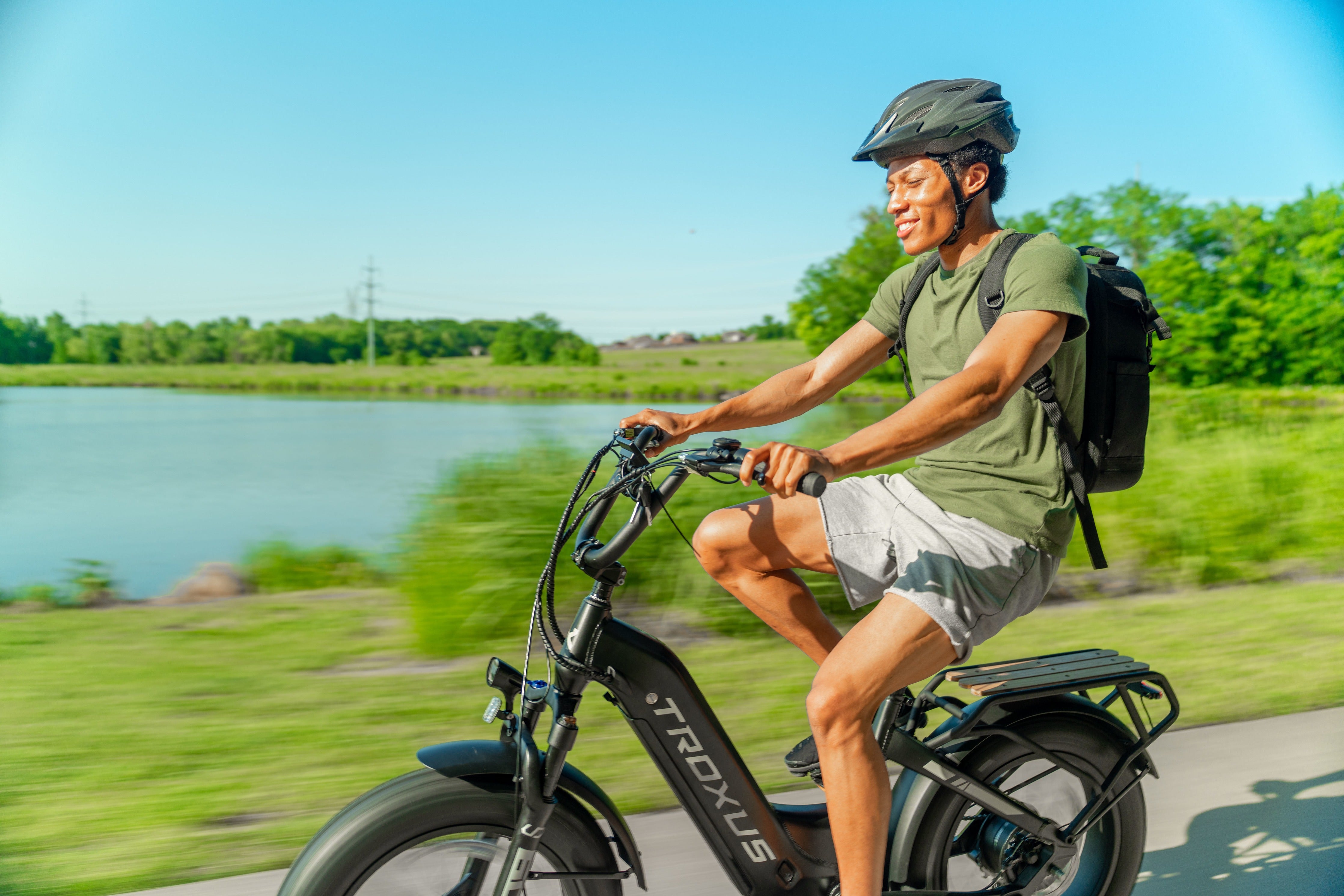Electric bikes have been gaining popularity as a practical and eco-friendly mode of transportation. With their electric assistance, riders can effortlessly navigate through city streets and enjoy a swift journey. However, a common question arises among potential e-bike owners: why can't the speed limit be lifted for e-bikes?
In this article, we will explore the reasons behind the speed limits imposed on e-bikes and examine the potential implications of raising these limits. We can comprehensively understand this topic's complexities by exploring the existing US regulations and considering both safety and convenience perspectives.
So, let's embark on a journey to unravel the mysteries of e-bike speed limits and the possibilities that lie ahead.
Unveiling Speed Limit Disparities
E-bike enthusiasts worldwide often find themselves surprised by the varying top speeds permitted for their electric steeds. For instance, e-bike riders in the United Kingdom, European Union, and Australia must adhere to speed limits of approximately 25 km/h (15.5 mph). However, those who acquire their e-bikes in the United States can enjoy zipping along at a faster pace of up to 32 km/h (20 mph).
Safety concerns and the need for proper licensing primarily drive establishing speed limits for e-bikes. Governments strive to balance encouraging e-bike usage and ensuring the safety of riders and other road users. By imposing speed limits, authorities aim to minimize the risk of accidents, especially in densely populated areas or areas with heavy traffic. Additionally, licensing requirements may be tied to specific speed limitations to regulate the operation of e-bikes.

Complex Speed Limit Laws In the US
The legal definition of low-speed electric bicycles in the United States is outlined in specific regulations. These regulations establish the construction, meaning, promulgation of requirements, and preemption of state laws. Low-speed electric bicycles are classified as consumer products. They are subject to the regulations the Consumer Product Safety Commission sets forth. To qualify as a low-speed electric bicycle, it must have fully operable pedals, a motor of fewer than 750 watts, and a maximum speed of less than 20 mph on a paved level surface when powered solely by the engine. The Commission has the authority to establish new requirements for the safety of riders. Federal law supersedes state laws that are more stringent regarding low-speed electric bicycles.

States have been actively addressing e-bike regulations since 2015. Three main dynamics have emerged:
- Revising older laws that classify e-bikes as mopeds or scooters.
- Creating three-tier classification systems based on speed capabilities.
- Refining recent e-bike laws for further clarity.
Most states have defined electric bicycles in some manner. In contrast, others need more specific definitions or include them in existing electric bike classes.
The Legality and Consequences of Tampering with E-Bike Speed Limiters

Removing or tampering with the speed limiter on an e-bike is generally not recommended or encouraged, as it may result in legal consequences. While federal regulations set the standards, individual states can establish laws regarding e-bikes, including any specific modification restrictions. Some conditions may explicitly prohibit the removal of speed limiters, while others may not address the issue directly.
It's essential to consult the laws and regulations specific to your state to determine the legality of removing a speed limiter on an e-bike. Violating the rules could result in fines, penalties, or other legal repercussions.
Moreover, removing the speed limiter can have broader implications for the e-bike industry. Manufacturers and industry organizations, such as People For Bikes and the US National Bicycle Dealers Association (NBDA), are committed to upholding safety standards and ensuring the public perception of e-bikes remains positive. Tampering with speed limiters goes against these efforts and can damage the reputation of e-bikes. It is important to note that Troxus e-bikes, for instance, have speed settings of 20MPH on throttle and range from 25MPH to 28MPH on pedal assist mode, which comply with relevant regulations.
While the Consumer Product Safety Commission (CPSC) is developing new rules primarily focused on electronics and batteries, riders must prioritize safety and abide by existing regulations regarding speed limiters. By doing so, riders can help maintain the integrity of the e-bike industry and ensure a safe and enjoyable riding experience for everyone.
Conclusion
In conclusion, the speed limits imposed on e-bikes are crucial to ensuring the safety of riders and other road users. These limits vary among countries and even within different states, reflecting the diverse approaches to regulating e-bike speeds. While the convenience of higher rates may be appealing, it is essential to consider the potential risks and implications associated with lifting or tampering with speed limiters.
Understanding the specific laws and regulations governing e-bikes in your jurisdiction is paramount. Violating these regulations can lead to legal consequences, including fines and penalties. Furthermore, tampering with speed limiters undermines the efforts of manufacturers and industry organizations to promote safety and maintain a positive perception of e-bikes.
As the e-bike industry evolves and technology advances, ongoing discussions and collaborations between authorities, manufacturers, and riders are necessary. Balancing the need for efficient transportation options with safety considerations remains a priority. By staying informed, respecting regulations, and embracing responsible riding practices, we can collectively foster a safer and more sustainable future for e-bikes.










